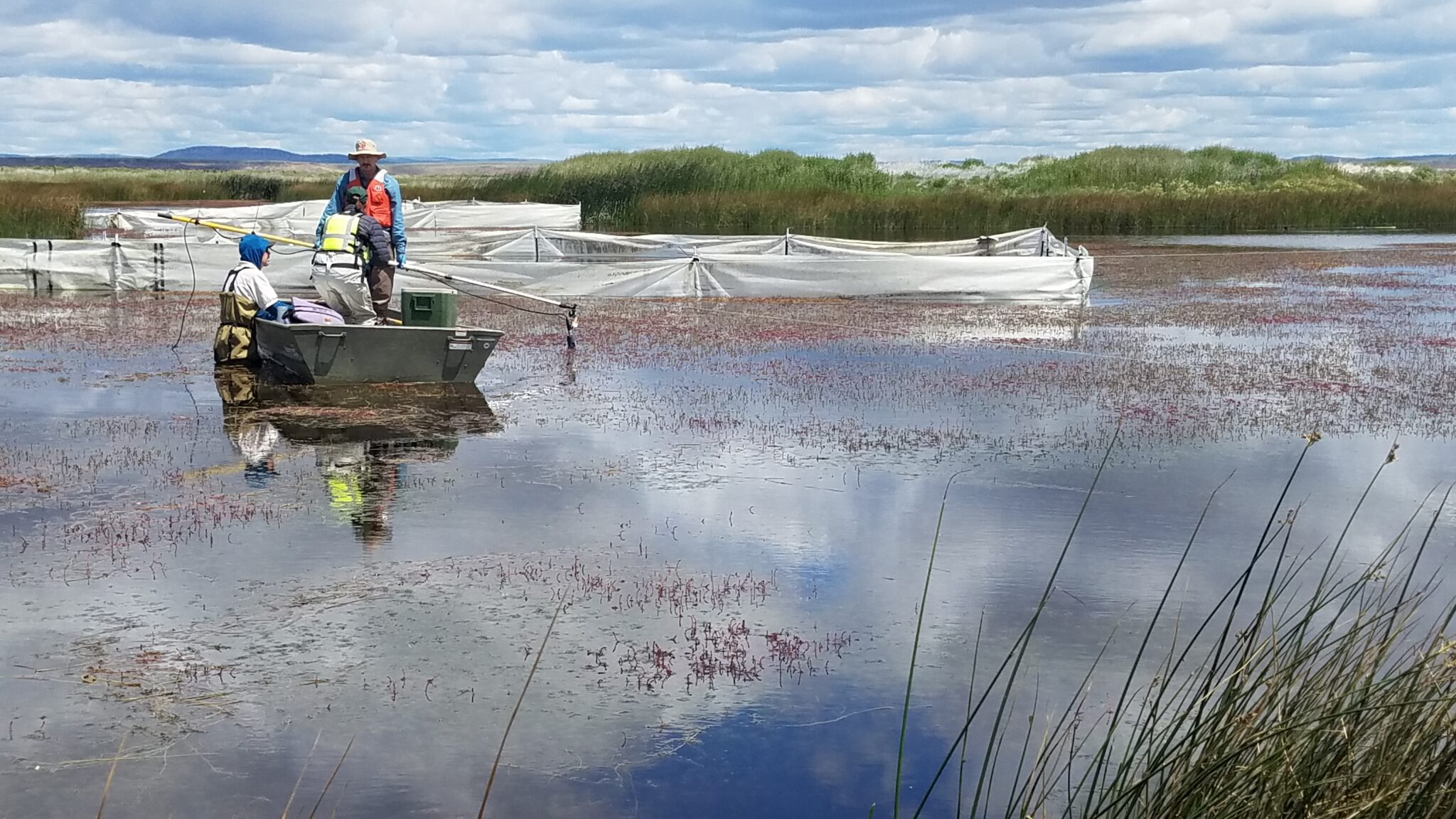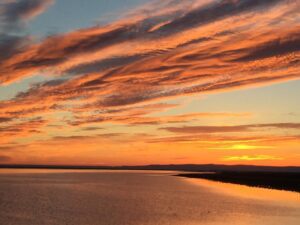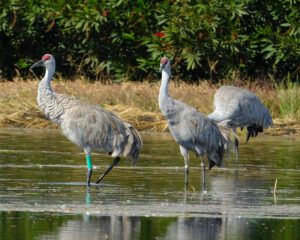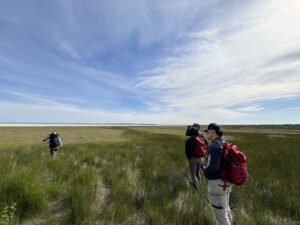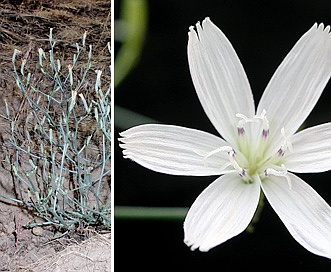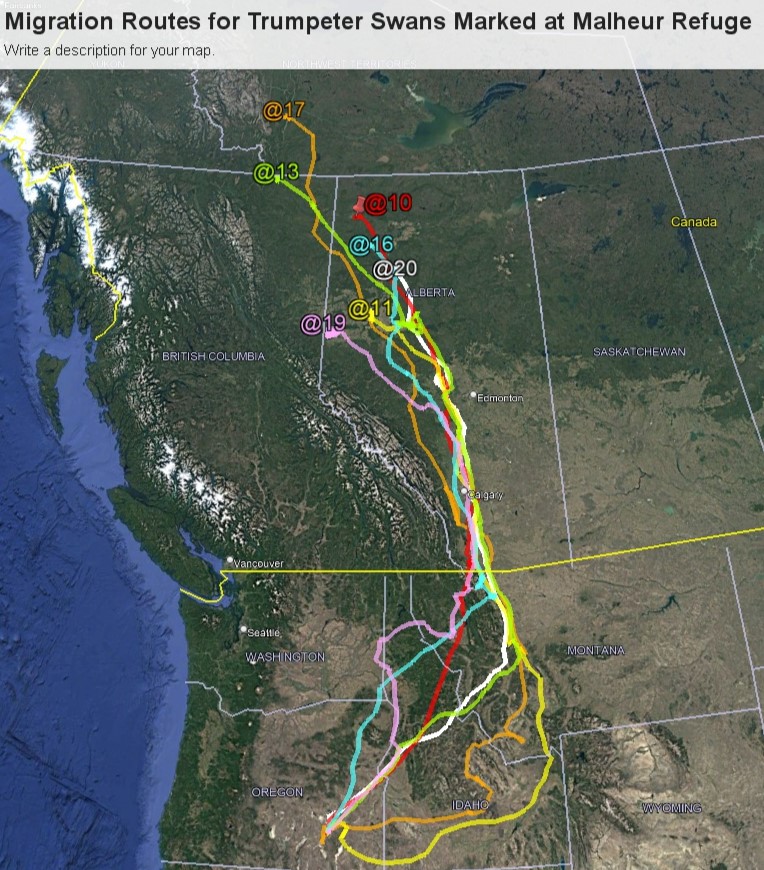Written by Peter Pearsall/Photos by Casie Smith, USGS
At Malheur Lake, one thing is abundantly clear: the water is anything but, and the decades-long turbid conditions are impacting ecological health of the lake, which is a crucial area for migratory birds along the Pacific Flyway.
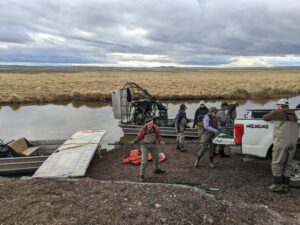
While there are multiple aspects to the turbidity problem at Malheur Lake, one key factor is the lack of emergent plants such as cattail and bulrush, which absorb wind and wave energy, allowing suspended sediment to settle to the bottom, reducing turbidity.
Turbid water blocks the sunlight needed for photosynthesis. Without the successful recruitment of these emergent plants, wind and waves continuously resuspend sediment in the vast but shallow lake, preventing aquatic plant growth.
Thus, the conundrum: emergent plants struggle under turbid conditions, but getting them established is the most likely path forward to reducing turbidity in the lake.
So how can researchers isolate the variables in this huge, complex system and develop an effective solution? One method is by studying the system in miniature, such as a mesocosm.
A mesocosm is an outdoor experimental system that examines the natural environment under controlled conditions. At Malheur National Wildlife Refuge, staff from the U.S. Geological Survey, High Desert Partnership, and USFWS are gearing up for year two of the Malheur Lake Mesocosm/Turbidity Project.
The ten mesocosm enclosures are each about five meters square, located along a north-to-south transect out in the open lake. Subject to natural environmental conditions, these mesocosms will test the effectiveness of two experimental measures to control turbidity: installing wind-wave barriers to reduce the physical energy of the system; and applying sand to the lake bottom to effectively cap the sediment and prevent resuspension.
Instruments installed in the enclosures continuously measure turbidity, which is related to suspended sediment concentrations. Researchers take light profiles (the depth to which light penetrates through the water) and collect water samples to measure the concentration of chlorophyll a, the predominant type found in plants and algae.
“This study is the culmination of four years of prior research looking at the types of sediment in Malheur Lake, where the sediment originates from, and how processes such as wind and waves bring sediment up from the lake bottom and suspend it in the water column,” said Casie Smith, a USGS ecologist with the project. “This work is possible only through close collaboration between USGS, USFWS, and High Desert Partnership. Our goal is to provide data that inform potential restoration strategies at Malheur Lake—will any of these mesocosm treatments be effective at substantially reducing turbidity, and can we scale them up to address areas of the lake?”

